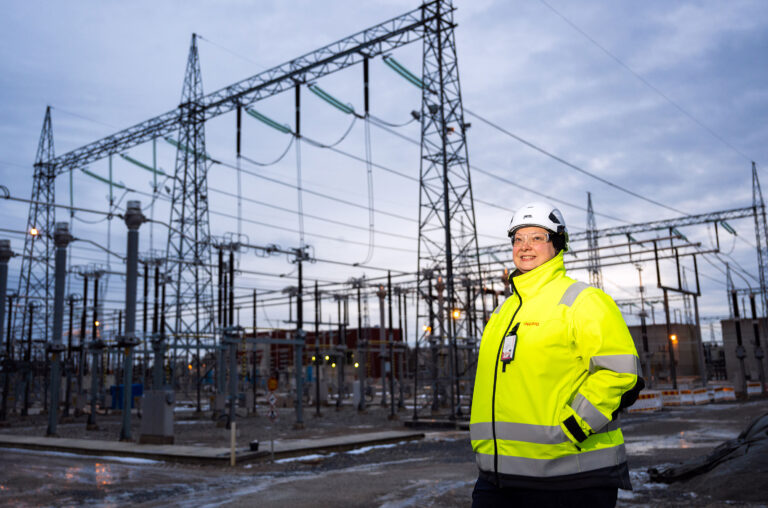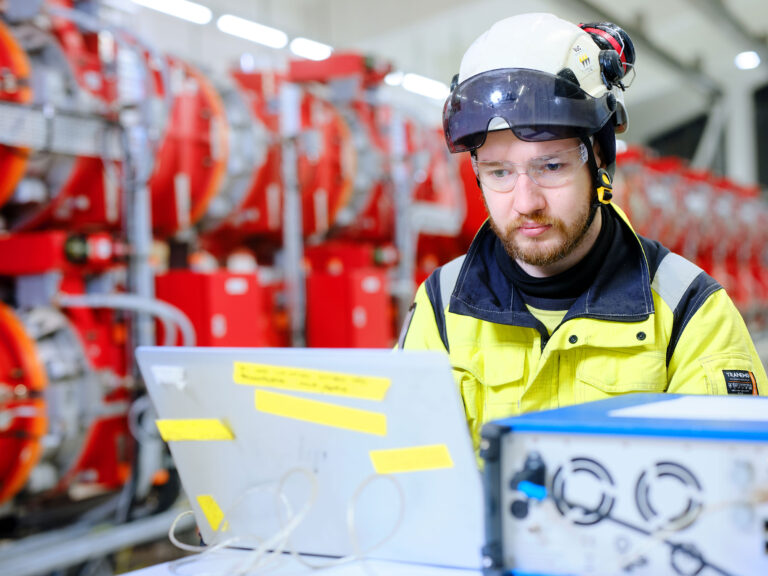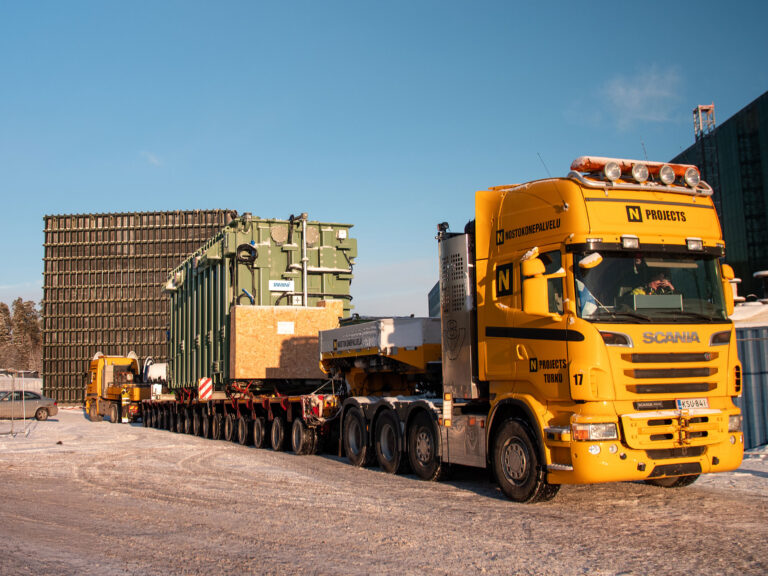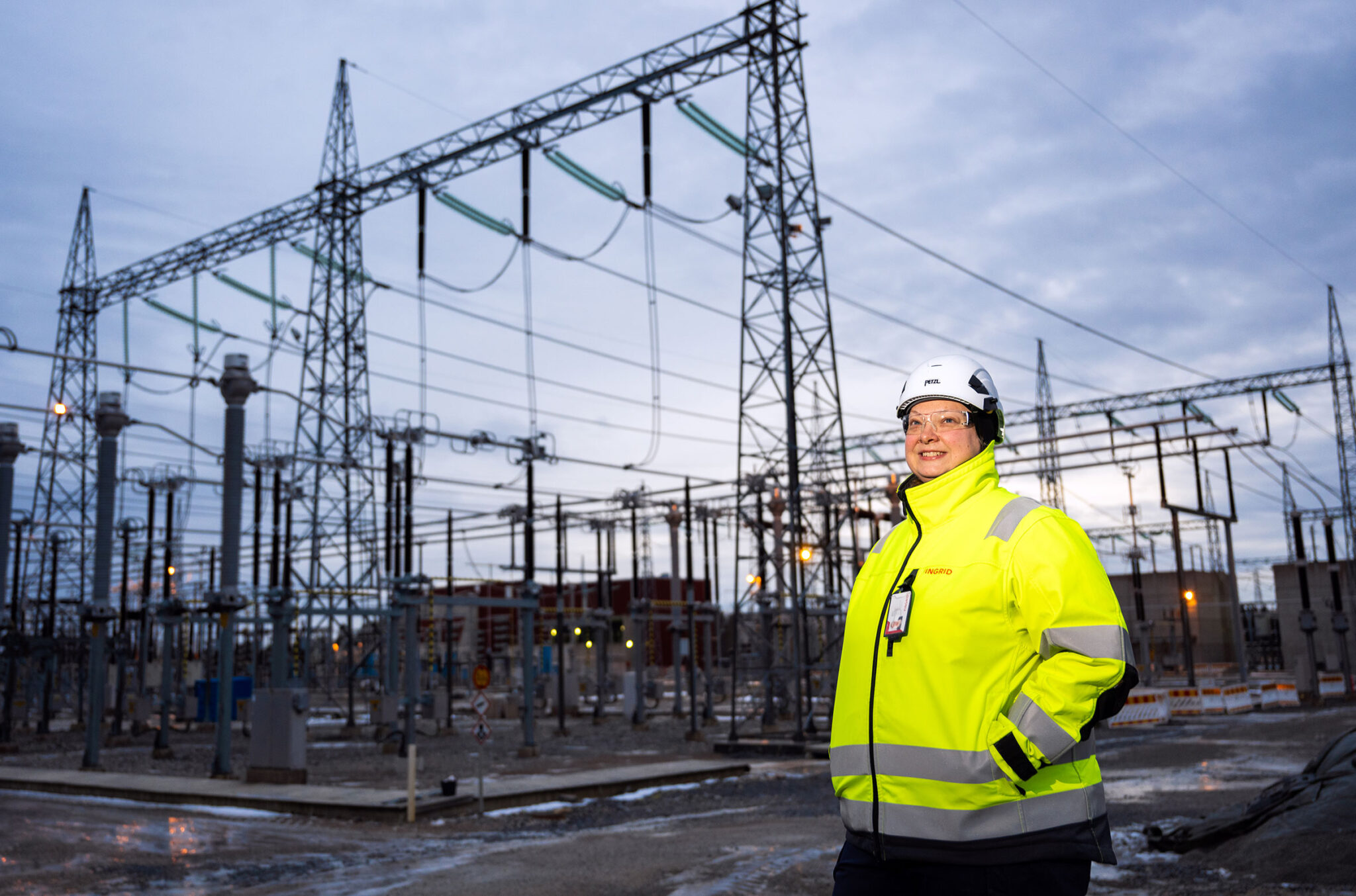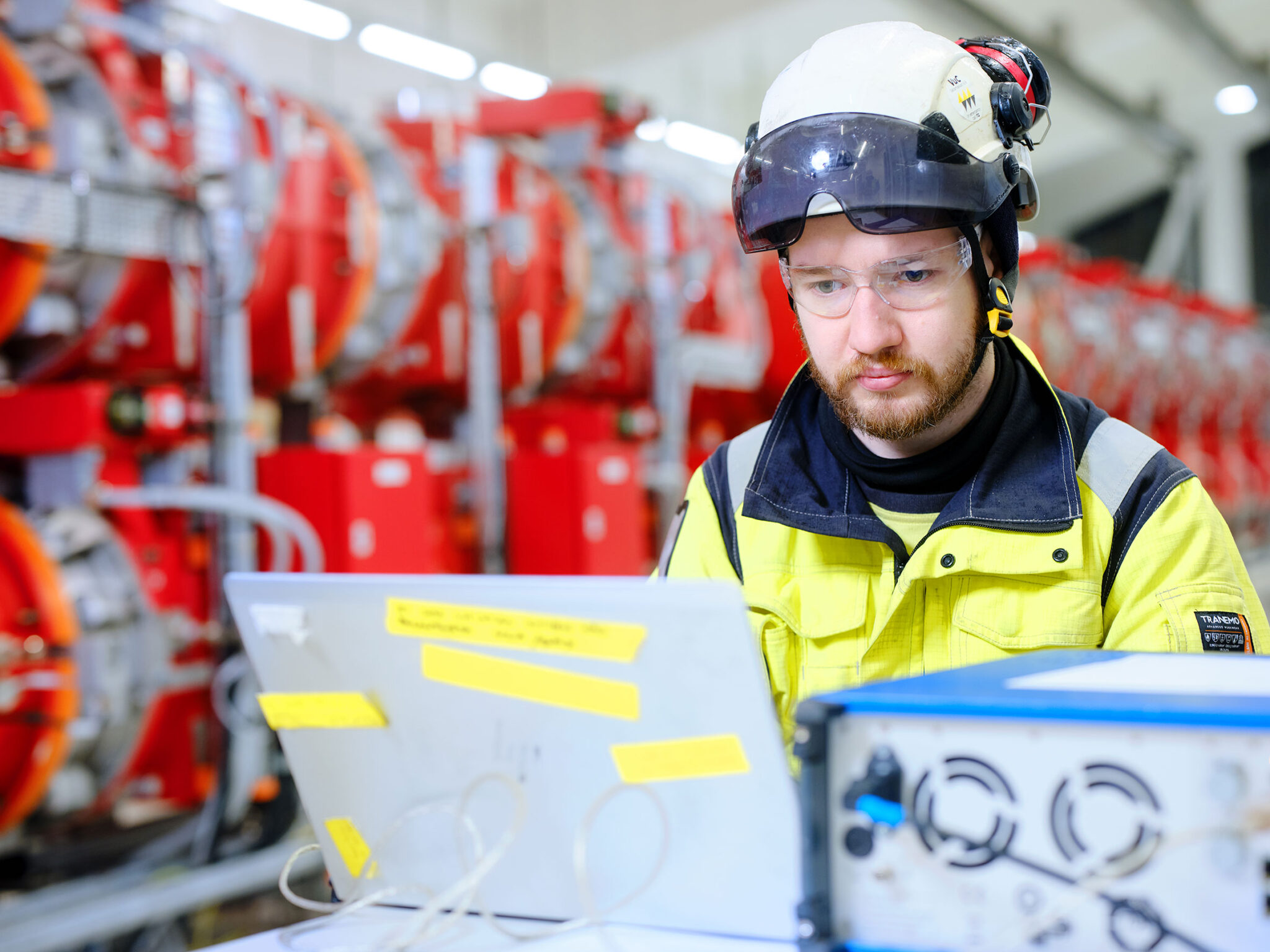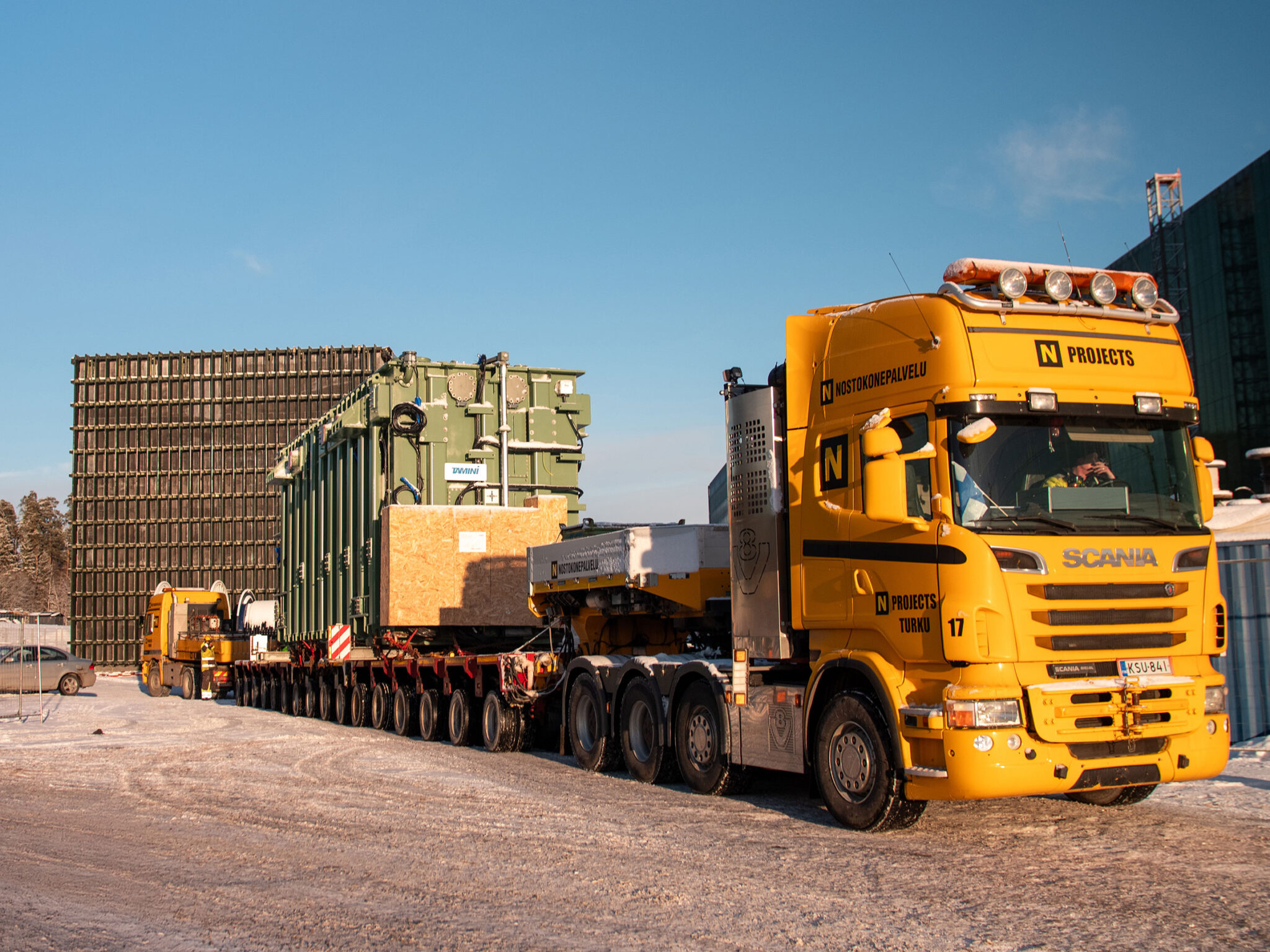Modernisation of Europe’s cross-border energy infrastructure is a major part of the European Green Deal. Europe’s progress towards a climate neutral economy – that is powered by clean energy – requires new infrastructure adapted to new technologies.

To facilitate this, the European Commission adopted a proposal in December 2020 to revise the EU rules on Trans-European Networks for Energy (the TEN-E Regulation) to boost the modernisation of Europe’s cross-border energy infra. The TEN-E policy supports this transformation through projects of common interest (PCIs), which must contribute to hitting EU’s emission reduction targets for 2030 and climate neutrality by 2050. The revised Regulation will continue to ensure that new projects respond to market integration, competitiveness and security of supply objectives.
Catharina Sikow-Magny, Director, Green Transition & Energy System Integration, Directorate General for Energy, in the Commission, points out that the TEN-E regulation which has been in place since 2013 and delivered good results, is due for an upgrade.
“With the launch of the Green Deal, we must make sure that the energy infrastructure is in line with the new policy. This, in turn, has created pressure to modernise and to take up new technologies,” she explains.
More and more, the revised TEN-E rules will allow new clean and innovative technologies to be “plugged in” to the EU energy system – including offshore wind power and hydrogen.
No support for fossils
The Commission’s proposal includes, for instance, an update of the infrastructure categories eligible for support through the TEN-E policy, ending support for oil and natural gas infrastructure altogether. Right now, it’s hydrogen infrastructure – including transport and certain types of electrolysers – that is up-and-coming in the EU.
“In the proposal, there is also a stronger focus on offshore electricity grids with provisions facilitating more integrated onshore and offshore infrastructure planning and implementation through the introduction of offshore one-stop-shops for permitting,” says Sikow-Magny, a Finnish native who joined the Commission already in 1997.
Furthermore, there are upgraded rules to promote the uptake of smart electricity grids to facilitate rapid electrification and scale up renewable electricity generation, as well as new provisions on smart grid investments for integrating clean gases (such as biogas and renewable hydrogen) into the existing networks.
Reach beyond EU
The Commission also pledges “continued attention” to the modernisation of electricity grids and storage as well as carbon transportation networks. In addition, new provisions have been laid out to support projects connecting the EU with third countries (Projects of Mutual Interest or PMIs) that demonstrate their mutual benefit and contribution to the Union’s overall energy and climate objectives in terms of security of supply and decarbonization.
According to Sikow-Magny, the revised TEN-E rules represent the Commission’s long-term commitment to pursue green investments.
“We need consistency in our policies and actions to combat climate change. In addition, we need a transition that is fair and where no region is left behind,” says Sikow-Magny.
Talking about green efficiency, Sikow-Magny sees the Nordic electricity market as a real benchmark for the entire EU:
“The Nordic electricity market is, in many regards, the model for all of Europe.”
*Offshore: wave power and offshore electricity networks


